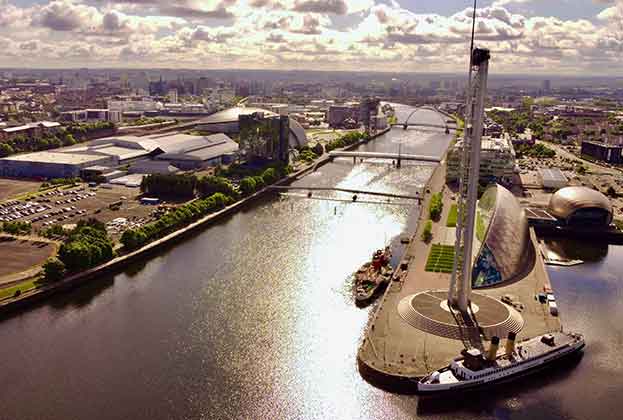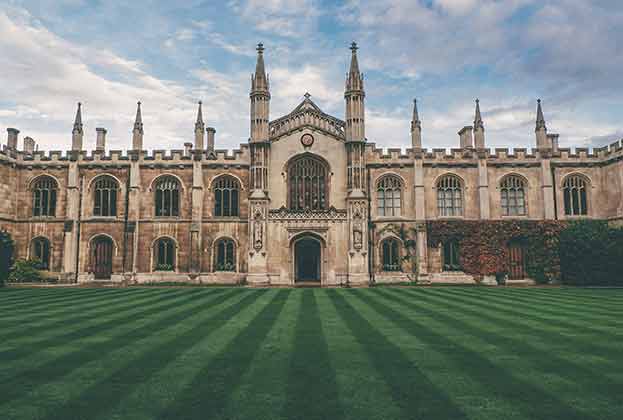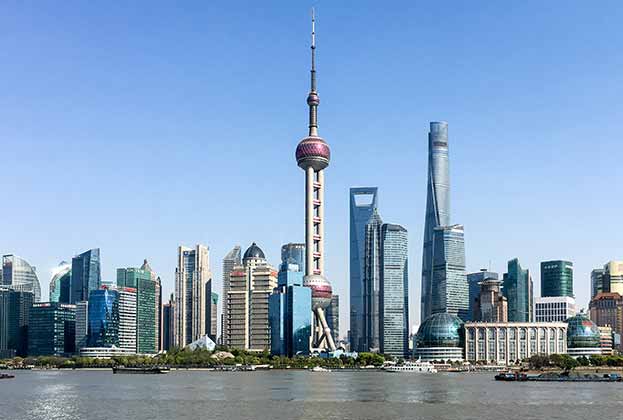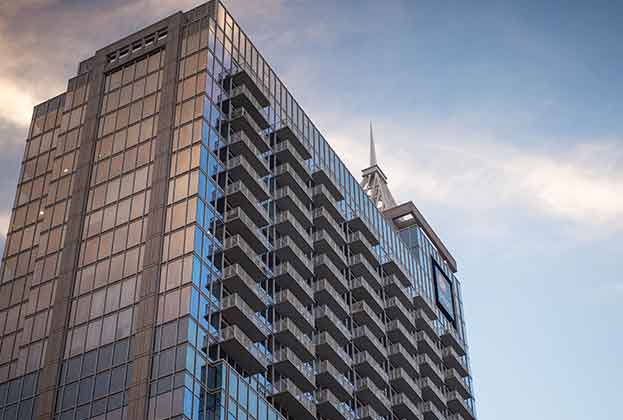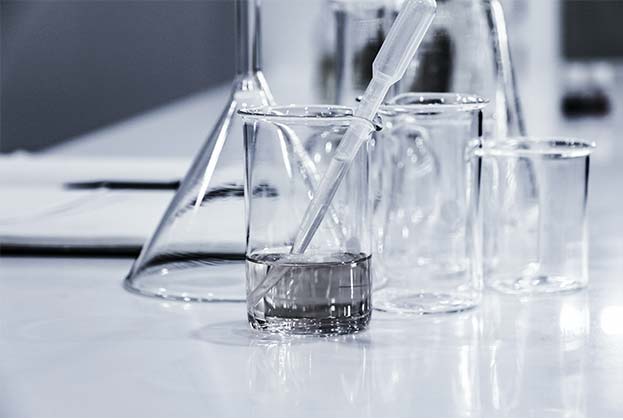Continuing to grow as one of Europe's key science clusters
One of the primary drivers for life science business growth is venture capital funding. France is one of continental Europe’s major life science hubs, with a strong ‘Triple Helix’ (academia, industry and Government). As a result of this positive and supportive ecosystem, France experienced a record year in 2021 in terms of venture capital raised by French headquartered life science companies. In 2021, France recorded €1.05bn of venture capital investment into life science companies, ranking second in Europe (behind the UK only). Importantly, France has recorded a Compound Annual Growth Rate (CAGR) of circa 36% in the period 2017 to 2021. For reference, Savills forecast that every €1bn raised creates a real estate demand of 46,000 sq m within 12–18 months. Investment into these sectors is growing at an alarming rate, with leading institutions raising dedicated life science investment funds tailored to building SMEs. In April 2022, Blackstone closed its $1.6 billion Life Sciences Yield Fund which is the largest first-time fund of this nature that will focus on post-approval and commercial-stage investment opportunities.
Various clusters are identifiable in Paris. The Paris-Saclay is one such important cluster that has historically been known as an educational hub since the post-war era but gained national and international acclaim in the early 2000s as one of Europe’s leading research campuses. It hosts two universities, 65,000 students (1,300 PhD students per year), 275 laboratories, has earned Nobel Prize and Field awards, and is responsible for 15% of France’s national research potential. According to the Shanghai Rankings, it is the best-ranked university for mathematics globally and is France and Europe’s most renowned university for public research. It has been a heavily funded government initiative, benefitting from circa €3 billion of funding. The innovation cluster currently undergoing an 872,000 sq m redevelopment. From an R&D perspective, 40% of both Greater Paris’s public research and private high-tech R&D originates from Saclay.
With around €3 billion of funding Paris-Saclay has become a leading educational and research location
George Coleman, Associate, Regional Investment Advisory
Thanks to this €3 billion of funding Paris-Saclay has become a leading educational and research location, bringing together some of France and Europe’s leading educational institutions and faculties. Furthermore, the highly skilled talent pool and tender processes have encouraged large international corporations to install research facilities and launch multiple innovation and technology hubs as well as laboratories across the cluster. The cluster’s primary functions focus on life sciences, healthcare, quantum computing and food tech. Whilst the cluster serves as a home to many major corporations, it also acts as a catalyst for start-up or ‘spin-out’ organisations. On average, 100–150 start-ups are founded on the campus each year with circa 40% in the life sciences sector. The campus’s unique selling point is that it aims to nurture these start-ups and provide them with scalable space and infrastructure to harness their growth.
View from Paris
The forecast growth in the scientific and technical sectors shows significant cause for optimism, with an annual growth rate of circa 2% in the coming years. Investment into these sectors has grown rapidly over recent years thanks to significant government and private sector investment across the country. Analysing the life science clusters in the Greater Paris region alone demonstrates that there is a strong talent pool and significant growth potential with incubators and support provided to allow SMEs and start-ups to grow progressively.
Paris is one of continental Europe’s foremost life science clusters and is home to major healthcare companies and public/ private partnerships, which support the growth of the ecosystem. The cluster dynamics are strong with a good combination of academia, industry and Government support. Given the relatively small geographical size of Paris from a continental European perspective, the city can be considered as a single cluster with key hubs.
Read the articles within Spotlight: Life Sciences – Trends & Outlook below.
.jpg)
